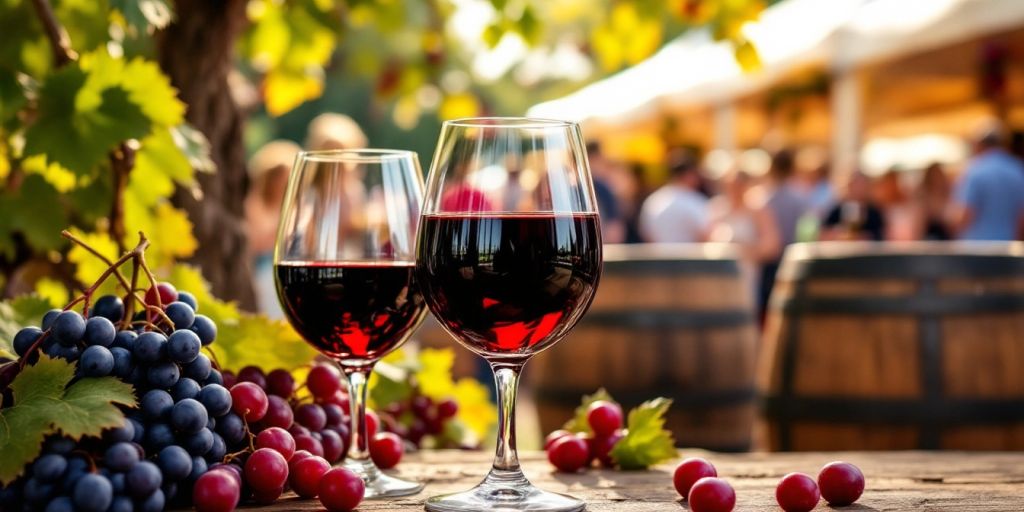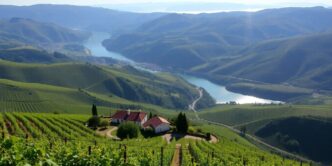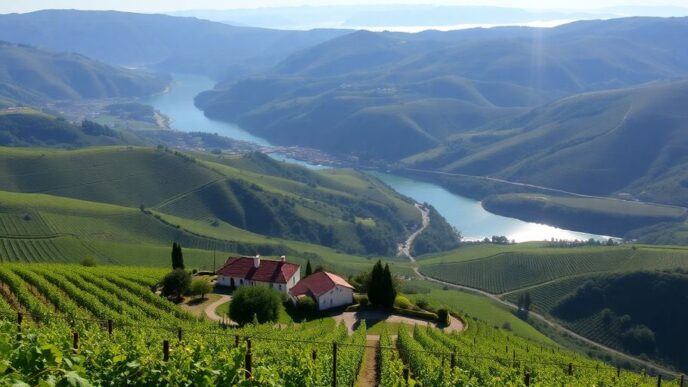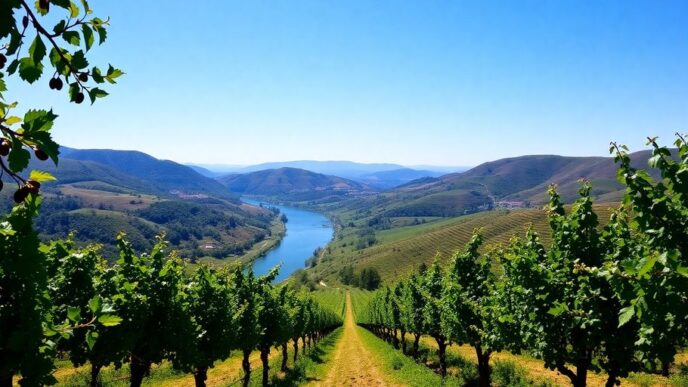In a remarkable revival, the Carcavelos wine region near Lisbon is experiencing a renaissance, bringing back a nearly forgotten fortified wine that dates back to the 15th century. Spearheaded by Alexandre Lisboa and the Villa Oeiras project, this initiative aims to restore the cultural heritage of Carcavelos wine, which was nearly lost due to urban development and historical upheavals.
The Carcavelos region has a rich history, with the first records of wine production dating back to the 15th century. At its peak in the 18th century, Carcavelos wine gained international acclaim, particularly under the patronage of the Marquês de Pombal, who promoted it to English consumers. However, the 20th century brought significant challenges, including urban development that decimated vineyard land.
Urbanization in the Greater Lisbon area has drastically reduced the land available for vineyards. Alexandre Lisboa, the project manager of Villa Oeiras, highlights the cultural loss that accompanied this transformation. He notes that the region has been producing wine for over 2,000 years, and the rapid decline over the last few decades has nearly erased its winemaking heritage.
The Villa Oeiras project began as a scientific initiative to study the local grape varieties and climate. Since its inception, it has evolved into a collaborative effort involving the Ministry of Agriculture and the Municipality of Oeiras. This revival not only aims to restore the wine’s production but also to rekindle interest in the region’s rich cultural history.












